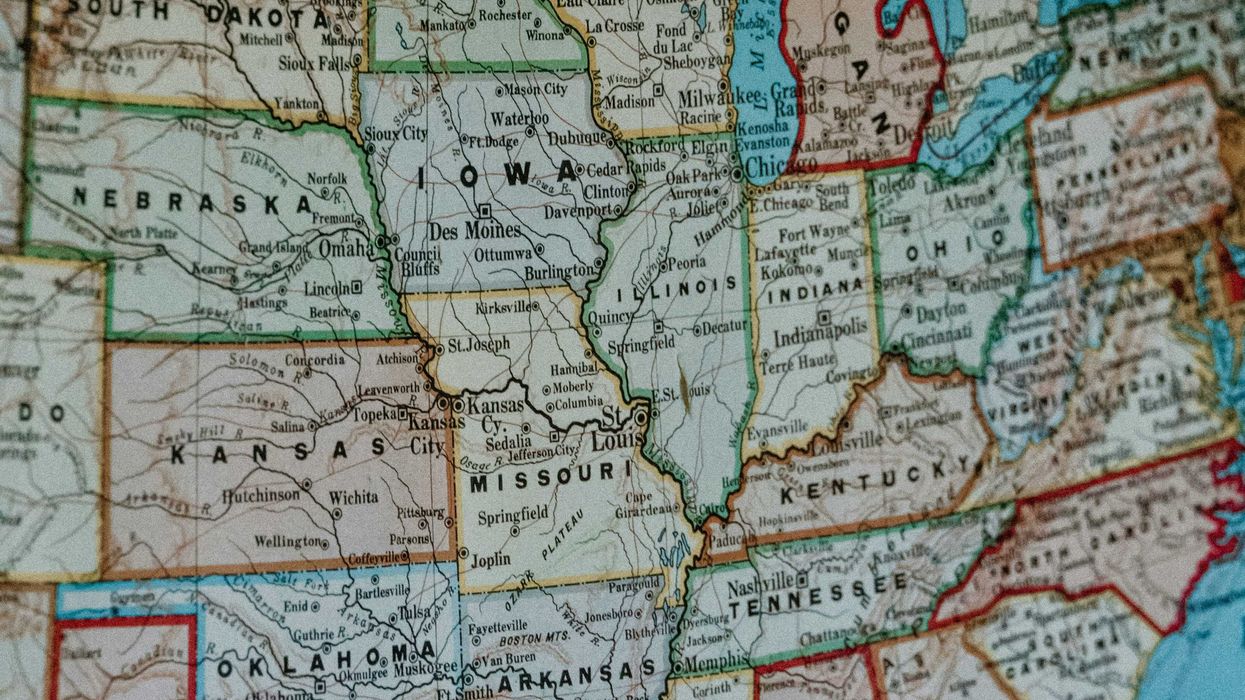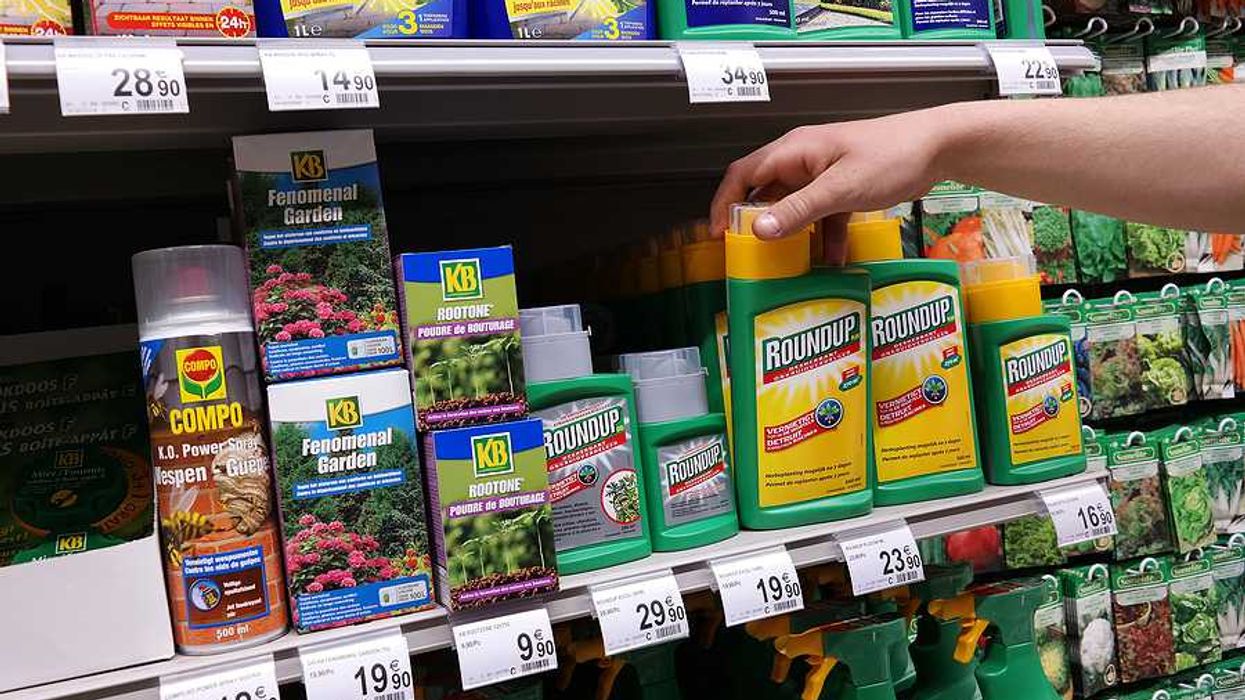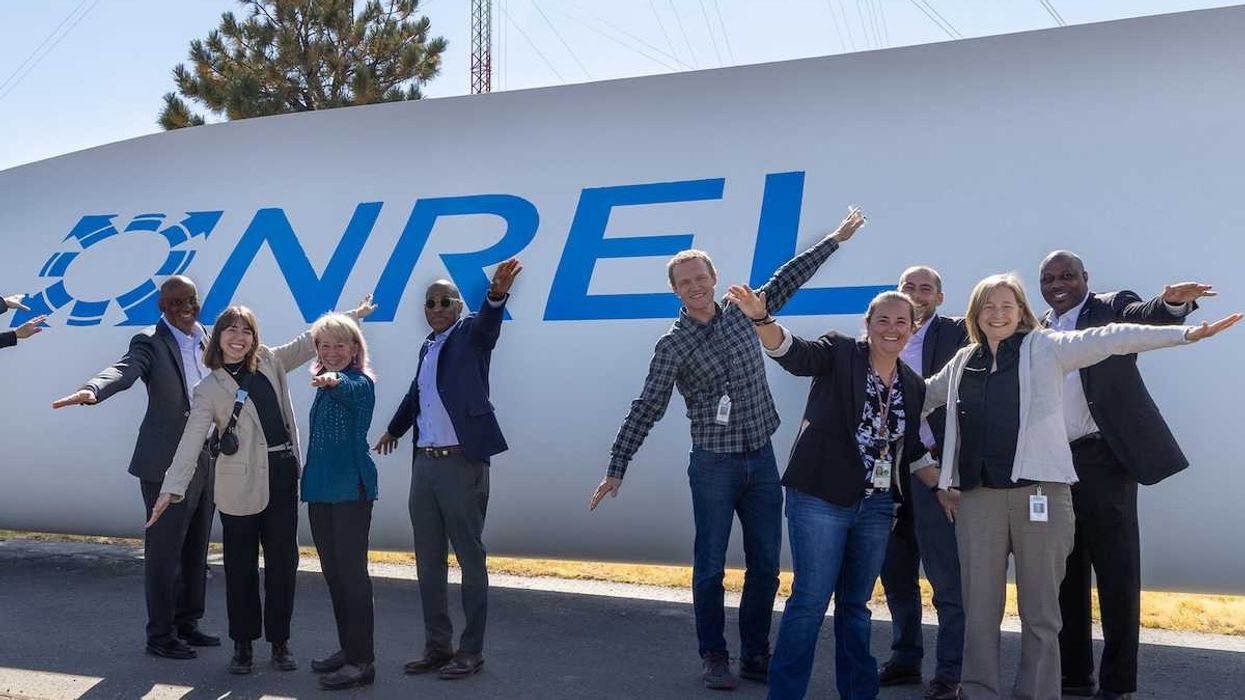Volunteer fire departments across the Midwest are beginning to adopt a soybean-based firefighting foam as a safer alternative to PFAS-containing products long used in the field.
Frida Garza reports for Grist.
In short:
- PFAS, or “forever chemicals,” in traditional firefighting foams are linked to cancer, reproductive issues, and other health problems; soy-based alternatives aim to reduce these risks.
- A Kentucky fire department led by a soybean farmer became the first in the nation to fully switch to SoyFoam, a PFAS-free foam developed by Cross Plains Solutions with funding from the United Soybean Board.
- The Department of Defense, which has historically used PFAS foams extensively, has not yet tested SoyFoam but has encouraged further research and development.
Key quote:
“The product performs just fantastic... there’s nothing in it that could potentially make me or any other firefighter in this country that uses it sick.”
— Jeff King, volunteer firefighter and soybean farmer
Why this matters:
PFAS, or per- and polyfluoroalkyl substances, have been used for decades in firefighting foams, contaminating groundwater around military bases and airports and entering the food chain. With more departments searching for safer tools, attention is turning to bio-based alternatives like SoyFoam. But even “natural” products need scrutiny — what’s in them, how they break down, and whether they really reduce the toxic burden. Firefighters face high exposure risks, and the chemicals they use often end up in the communities they serve, making transparency and regulation critical.
Related EHN coverage: PFAS-free firefighting foams: Are they safer?














